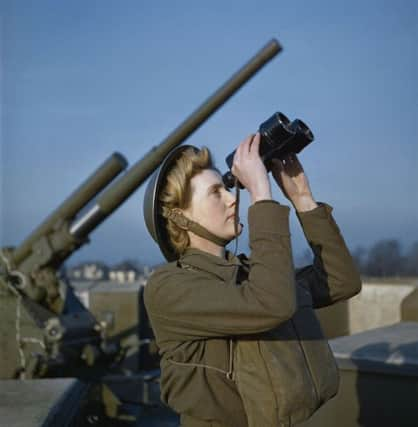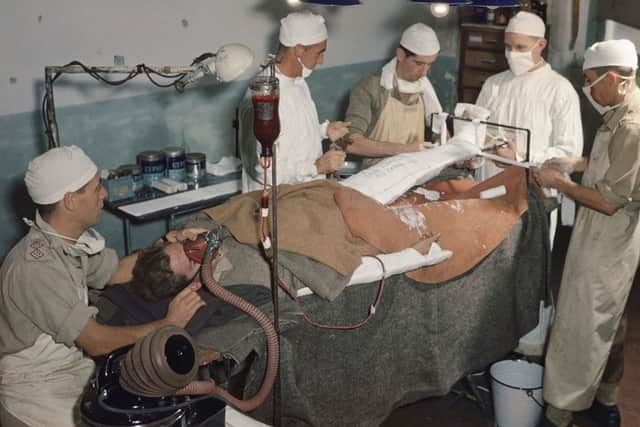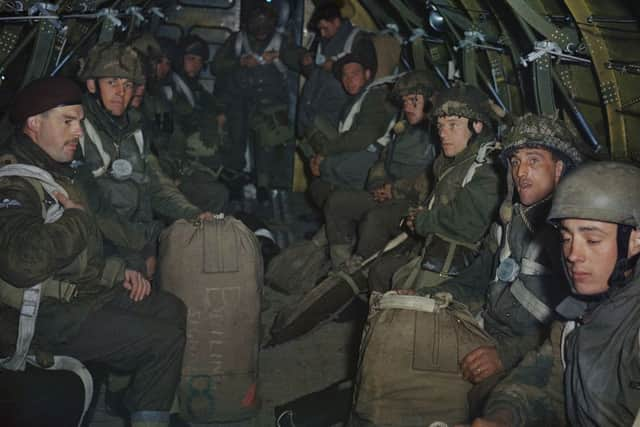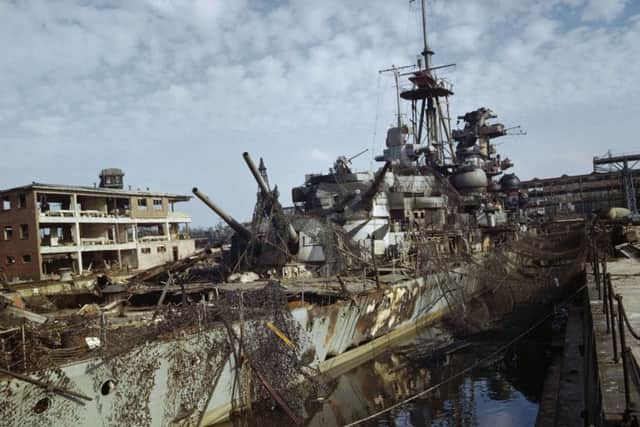Stunning images of World War II in colour


Monochrome-induced memories have washed away the character from the faces of the 1940s, servicemen and civilians who made up what some historians now consider the greatest generation, as they peer from the faded photographs of the time.
But an extraordinary collection of rare colour pictures, many being published for the first time, makes the war look as if it happened just yesterday.
Advertisement
Hide AdAdvertisement
Hide AdThe publishing arm of the Imperial War Museum has unearthed the images, shot by official photographers, as well as news agencies, freelancers and even air crews, for a new book.


Some are candid, many others clearly taken for propaganda and morale-lifting purposes. But the clarity of the colour reproduction shows the conflict in an intensely personal light.
Among the subjects are troops stationed in Italy and Tunisia, and sightseeing in Greece, and members of the Women’s Auxiliary Air Force, known then as the WAAF, preparing parachutes for use during the Normandy invasion.
There are also images of General Dwight Eisenhower and his senior commanders at Allied headquarters in London, four months before D-Day, and Winston Churchill and his chiefs of staff celebrating victory in Europe, in the garden at Downing Street .
Advertisement
Hide AdAdvertisement
Hide AdOn the home front, vivid pictures of bombed-out buildings, evacuee children and wounded airmen in their “hospital blues” bring home the scale of the sacrifice, while shots of factories and female plane spotters, who plotted the course of the RAF fighters, illustrate the totality with which the war affected the population.


Author and Imperial War Museums curator, Ian Carter, said: “The images in this book show the vivid hues of the flames and fabrics, the intense blue skies, the sun-tanned faces and the myriad of colours of military camouflage.
“Black and white photography puts a barrier between the subject and the viewer, colour photography restores that missing clarity and impact.
“As the most destructive war in history gradually fades from living memory, it becomes more important to take away the remoteness and bring the Second World War to life.”
Advertisement
Hide AdAdvertisement
Hide AdNo colour film was supplied to British official photographers to document the D-Day landings.


But there are colour pictures of the last months of the war in Europe, including Dutch celebrations after the liberation of Eindhoven, and an image of the spontaneous celebrations of VE Day in Whitehall, central London.
The Ministry of Information, which controlled output of material to the press during the war, wanted to obtain colour photographs as a record and for inclusion in publications, such as the magazine Picture Post, which could print in colour.
Some 3,000 colour pictures were taken between 1942 and 1945, and those that survived were passed to the war museum in 1949.